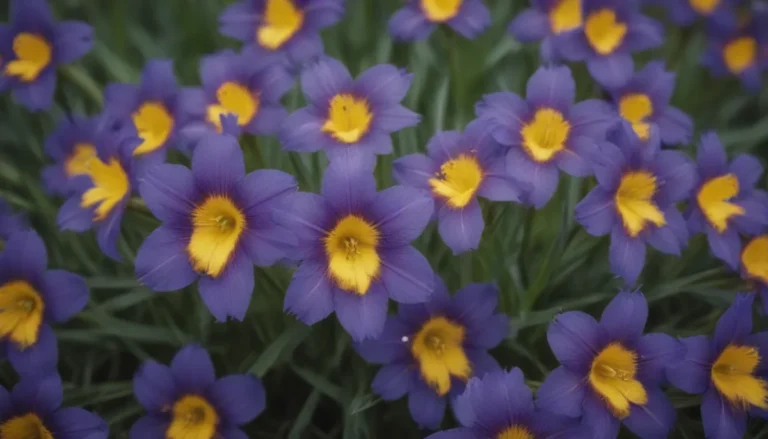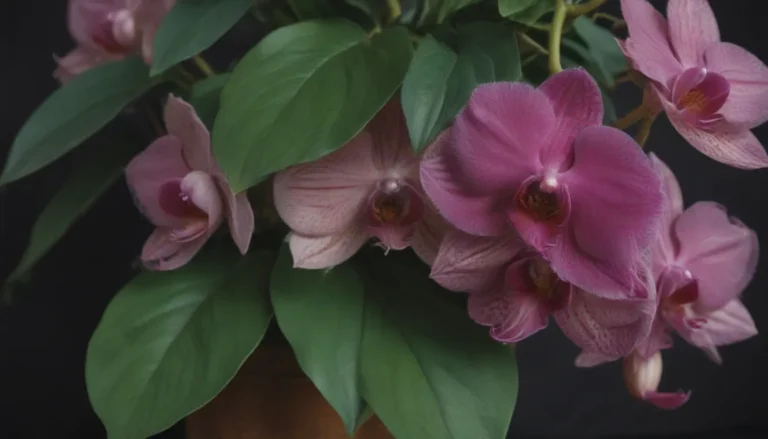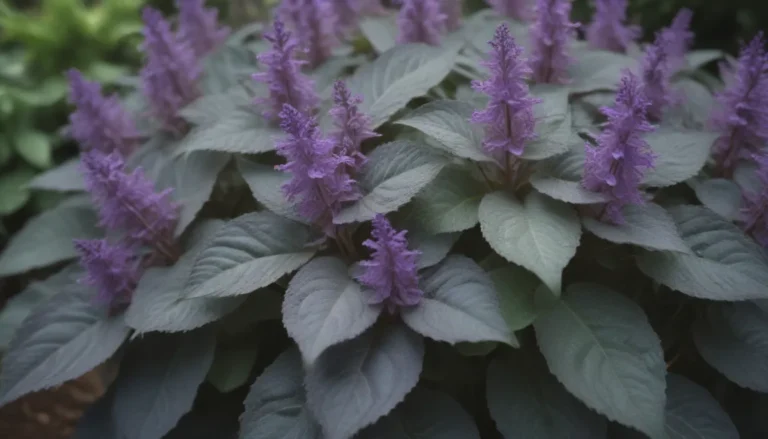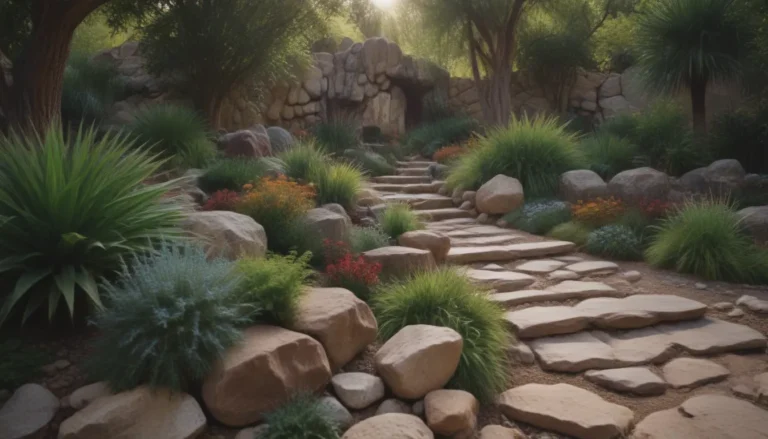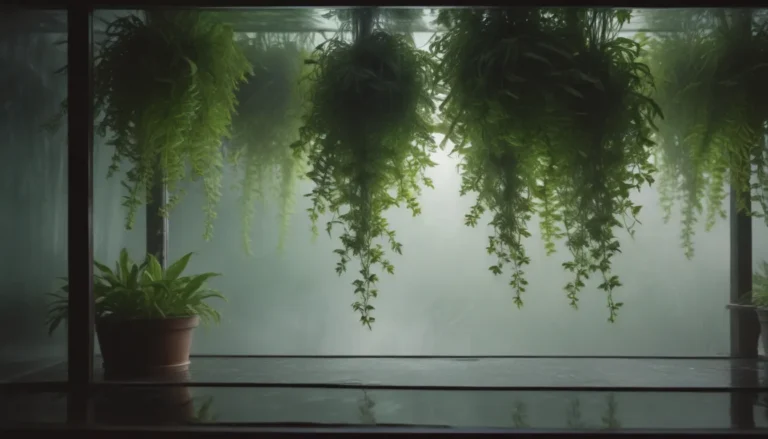The Rare and Majestic Philodendron Plowmanii: A Comprehensive Guide to Growing and Caring for This Unique Plant

The world of botany is always evolving, welcoming new species and discoveries with open arms. One such newcomer in the plant world is the philodendron plowmanii. Previously mistaken for its close relative, the philodendron mamei, the plowmanii has since been recognized as a distinct species. Named after the renowned ethnobotanist and philodendron enthusiast, Dr. Timothy Plowman, this rare plant is prized for its large, heart-shaped leaves with unique coloring and textures.
As a juvenile plant, the philodendron plowmanii displays iridescent silver patches on its leaves that transition to gradients of yellow and green as it matures. With light pink petioles and striking red roots, this plant is a true wonder to behold. However, it’s essential to note that like all philodendrons, the plowmanii is considered toxic to both pets and humans if ingested, so it’s crucial to keep it out of reach of curious mouths.
Philodendron Plowmanii Care
Taking care of a philodendron plowmanii requires a bit of knowledge and effort, but the reward of a thriving and vibrant plant is well worth it. Here are the basic requirements for growing and caring for this majestic plant:
Light
In its natural habitat, the philodendron plowmanii receives dappled light through the forest canopy above. To mimic these conditions indoors, place your plant in an area with bright to medium indirect light. This means positioning it a few feet away from a sunny window to avoid direct sunlight, which can lead to leaf burn. Insufficient light can result in yellowing leaves and a weak, leggy plant.
Soil
Choosing the right soil mix is crucial for the health of your philodendron plowmanii. Opt for a loamy, airy, and well-draining mix that also retains some moisture. Regular indoor potting soil is too dense and can suffocate the roots, potentially leading to root rot. Consider using a soil mix designed for aroids or create your own blend using equal parts indoor potting soil, perlite, and orchid bark mix.
Water
Allow your philodendron plowmanii to partially dry out between waterings to prevent root rot. While these plants enjoy moisture, overwatering can harm them. Wait for the soil to dry halfway to three-quarters before watering thoroughly and allowing excess water to drain from the pot’s holes. Reduce watering frequency during the plant’s dormant periods in fall and winter.
Temperature and Humidity
Native to the tropical rainforests of South America, the philodendron plowmanii thrives in warm, humid conditions. Indoor temperatures are usually ideal for this plant, but if you want to boost humidity, consider placing a small humidifier nearby or growing it in a naturally humid room like the bathroom. Outdoor growth is possible in USDA zones 9 to 11, but bring your plant indoors if temperatures dip below 55 degrees Fahrenheit.
Fertilizer
To support healthy growth, provide your philodendron plowmanii with extra nutrients. During the growing season (spring and summer), dilute a balanced liquid fertilizer and apply it once a month with waterings. Alternatively, opt for a slow-release fertilizer tailored for houseplants.
Propagating Philodendron Plowmanii
Propagating a philodendron plowmanii is a rewarding experience that allows you to expand your plant collection easily. Stem cuttings are the preferred method for propagation, and spring is the ideal time to propagate when the plant is actively growing. Follow these steps to propagate your philodendron plowmanii successfully:
- Select a healthy stem cutting with at least one node.
- Trim the cutting just below a leaf node.
- Place the cutting in water or a well-draining soil mix.
- Keep the cutting in a warm, humid environment with indirect light.
- Monitor the cutting for roots and plant it in a separate pot once roots develop.
Potting and Repotting Philodendron Plowmanii
Due to its slow growth rate, repotting the philodendron plowmanii is not needed frequently. Repot the plant every two to three years once you observe roots escaping from the drainage holes or circling the pot’s interior. Choose a slightly larger pot, remove the old soil carefully, and repot the plant in fresh, well-draining soil. Water the plant thoroughly after repotting to minimize stress.
Common Pests and Plant Diseases
Despite its hardiness, the philodendron plowmanii can fall prey to common pests and diseases like mealybugs, scale, fungus gnats, spider mites, root rot, and fungal leaf spot diseases. Keep a close eye on your plant for any signs of infestation or disease, and treat them promptly to prevent further damage. Isolate the affected plant until the issue is resolved to avoid spreading the infestation.
Common Problems With Philodendron Plowmanii
When caring for a philodendron plowmanii, watch out for common issues like yellow leaves and brown leaves, which can indicate underlying problems with lighting, watering, humidity, or pests. Addressing these concerns promptly can help your plant thrive and maintain its beauty.
In conclusion, the philodendron plowmanii is a striking and unique addition to any plant collection. Its crawling growth habit and stunning foliage make it a coveted plant among enthusiasts. While it requires some attention and care, the rewards of successfully growing and caring for a philodendron plowmanii are truly gratifying. Whether you’re a seasoned plant parent or a beginner looking to expand your indoor garden, the philodendron plowmanii is a fantastic choice that will bring joy and beauty to your space.
Remember to enjoy the journey of caring for your philodendron plowmanii, and don’t hesitate to reach out to fellow plant lovers or resources for guidance along the way. Happy growing!
